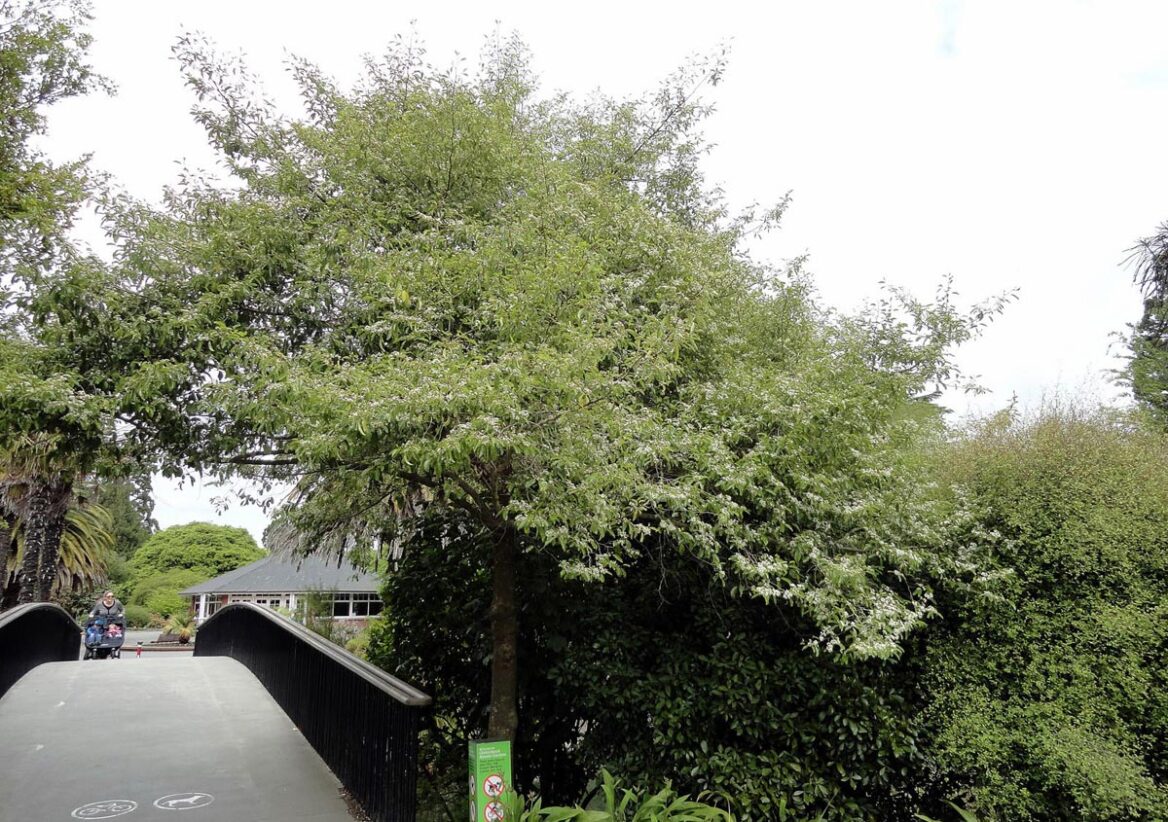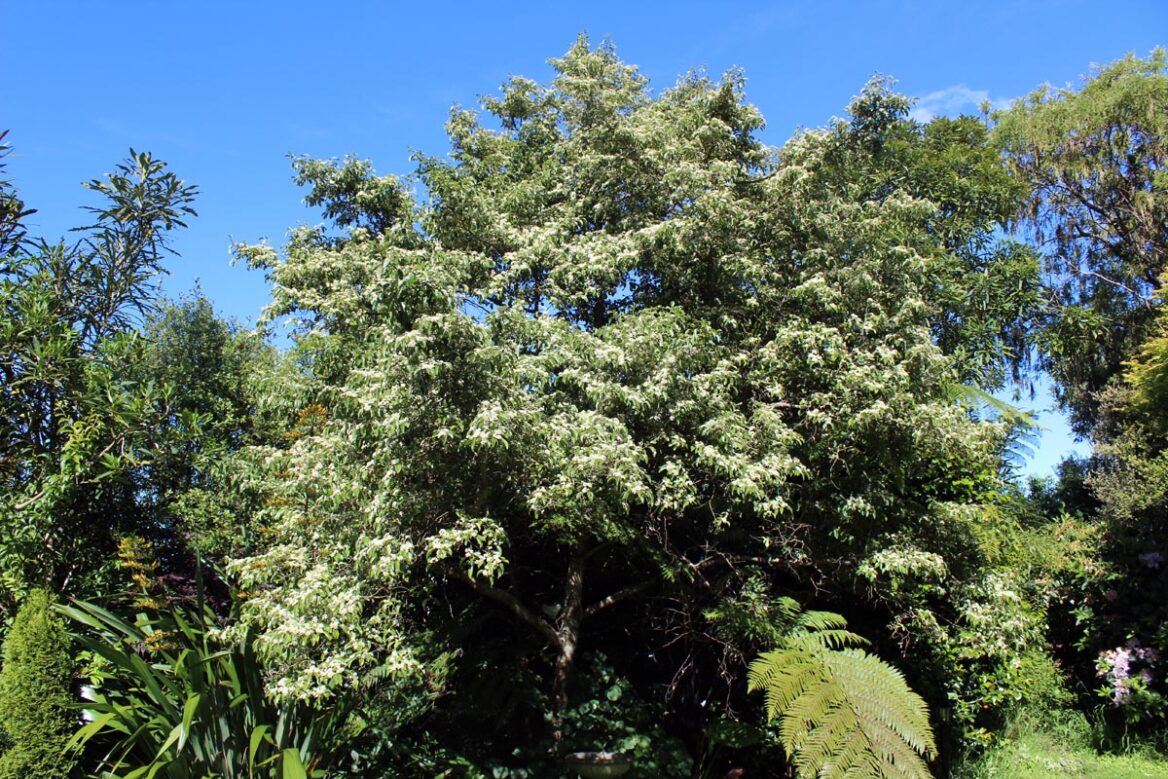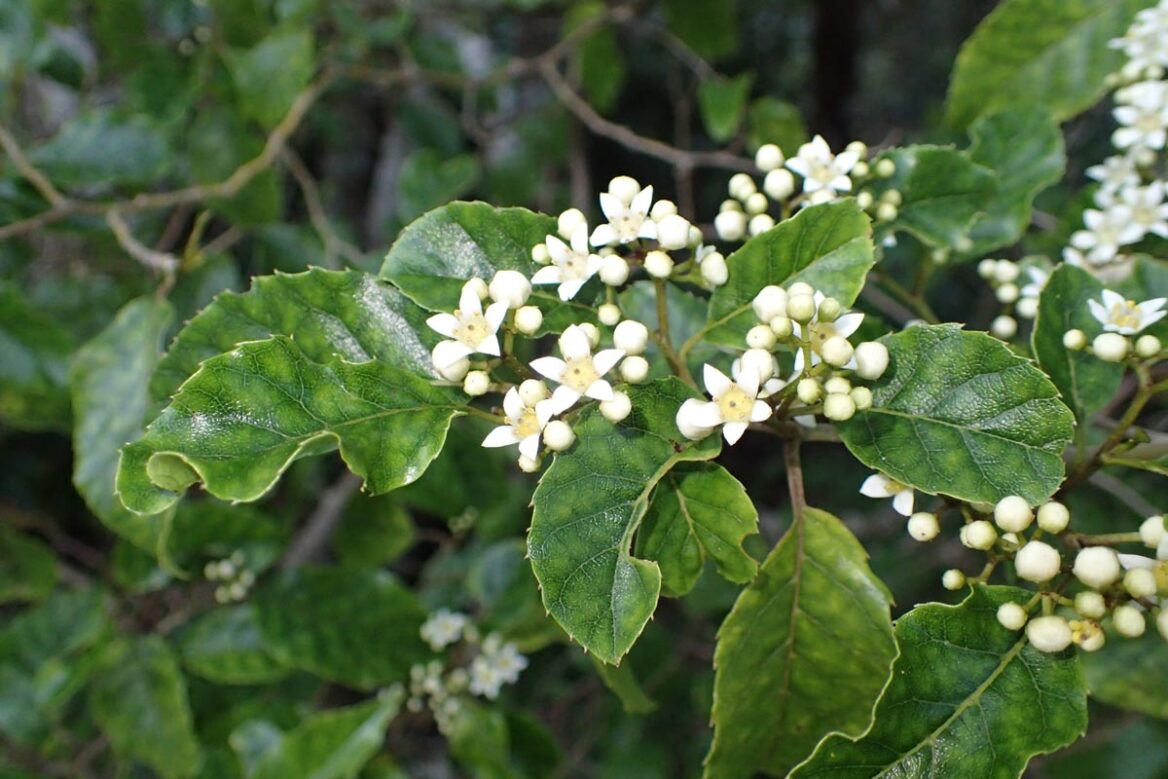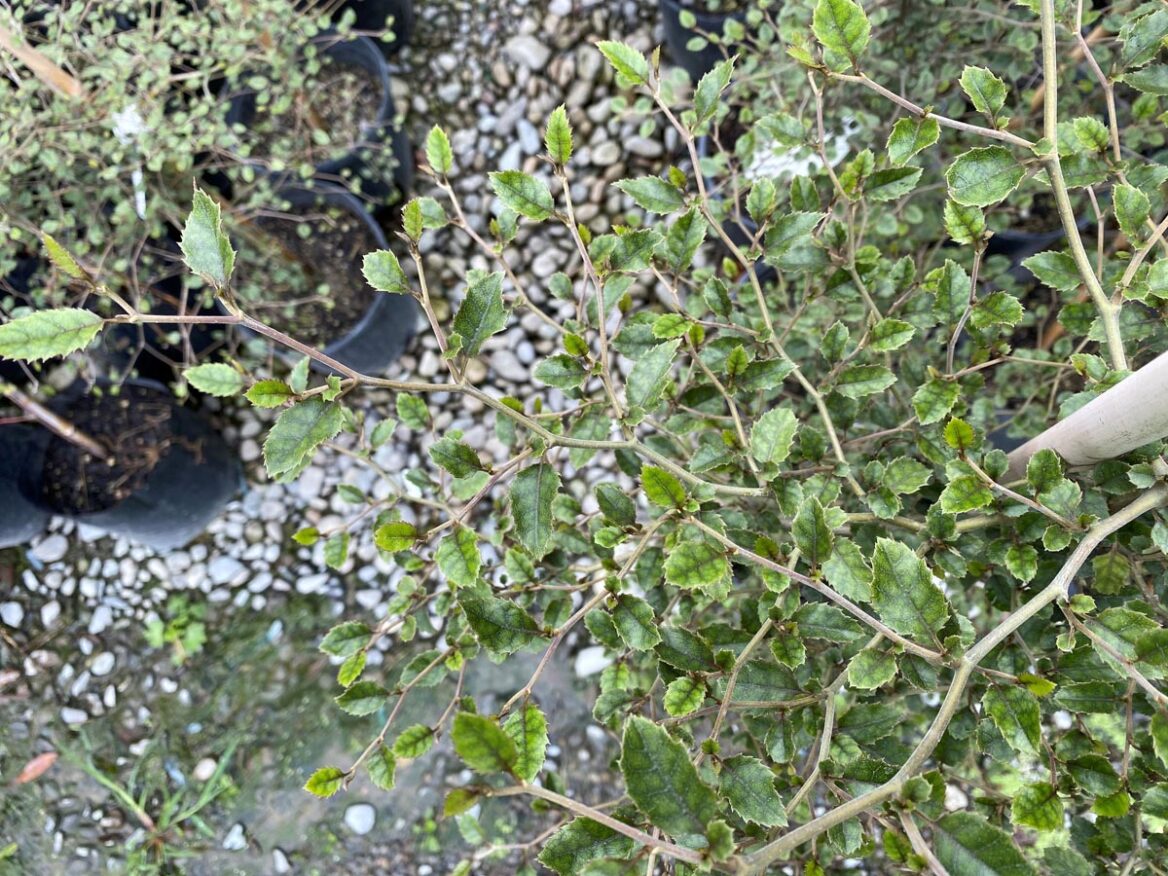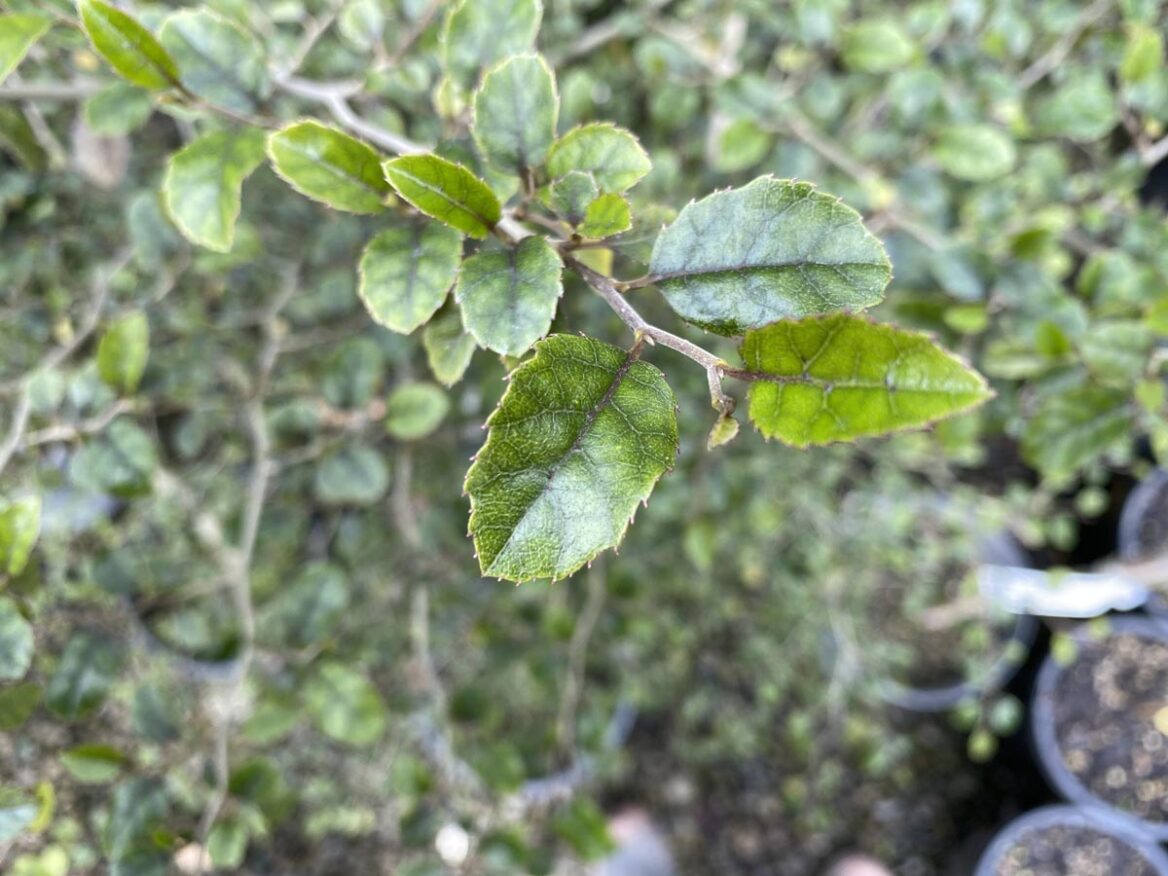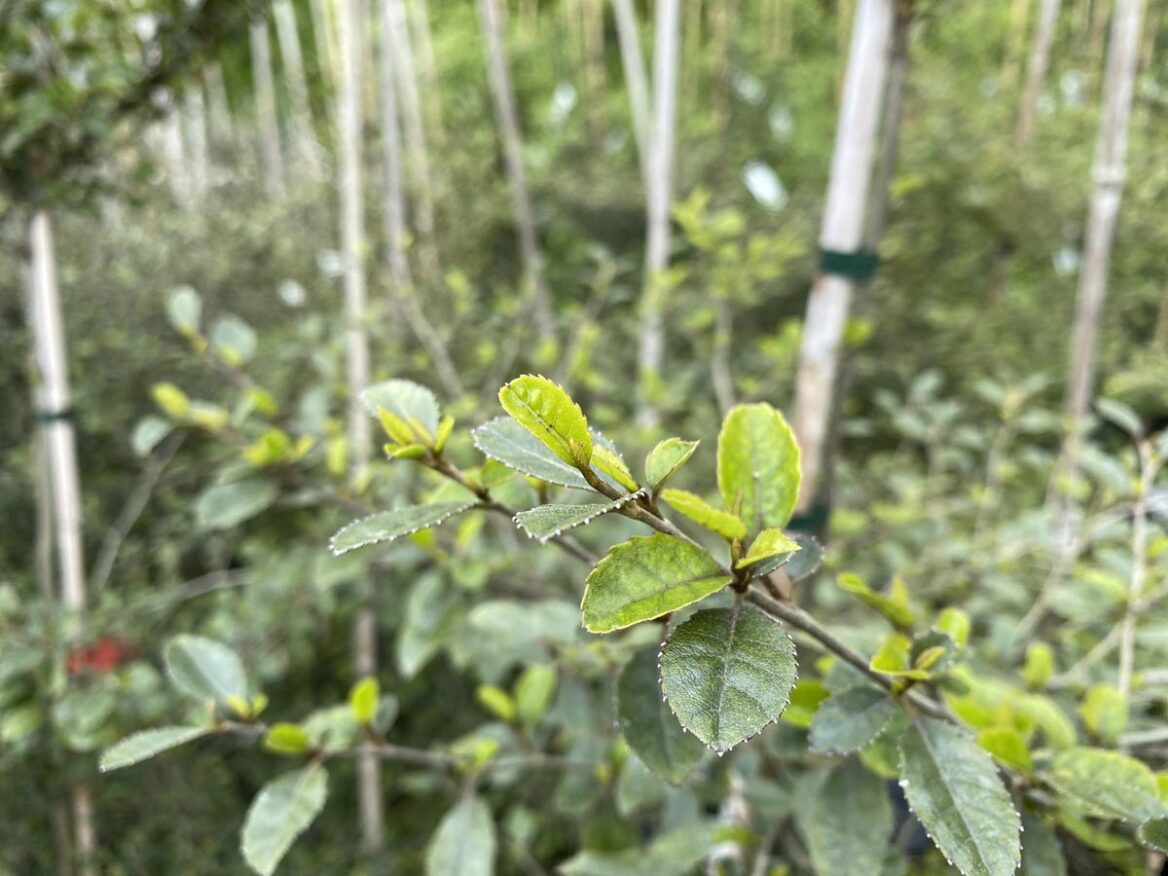Carpodetus serratus
Putaputawētā
Carpodetus serratus is an attractive tree with spreading branches and green, marbled, and serrated leaves. It goes through a juvenile phase with divaricating branches and small, rounded leaves. From late spring to early autumn, Carpodetus serratus produces a profusion of small, white flowers, adding to its visual appeal. However, it should be noted that Carpodetus serratus does not tolerate drought or wind well, so care should be taken to ensure it is adequately watered and sheltered. Carpodetus serratus is evergreen and native to New Zealand. Learn more about Carpodetus serratus.
Other common name(s): Marbleleaf
Synonyms:
$52.00 – $273.52
Evergreen
Height: 5.0m
Width:
4.0m
Estimated 10 year height and width
Carpodetus serratus stock information
Full Stocklist| Grade | Height | Standard | Available | I/P | Qty / Price |
|---|
